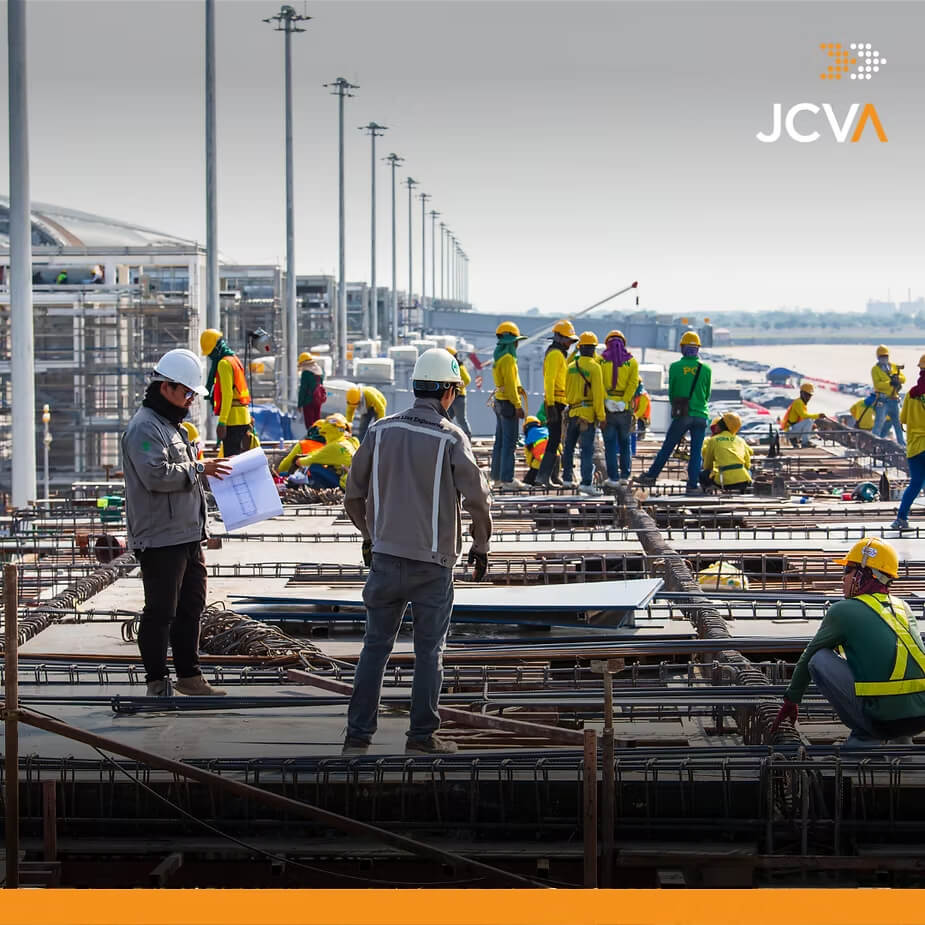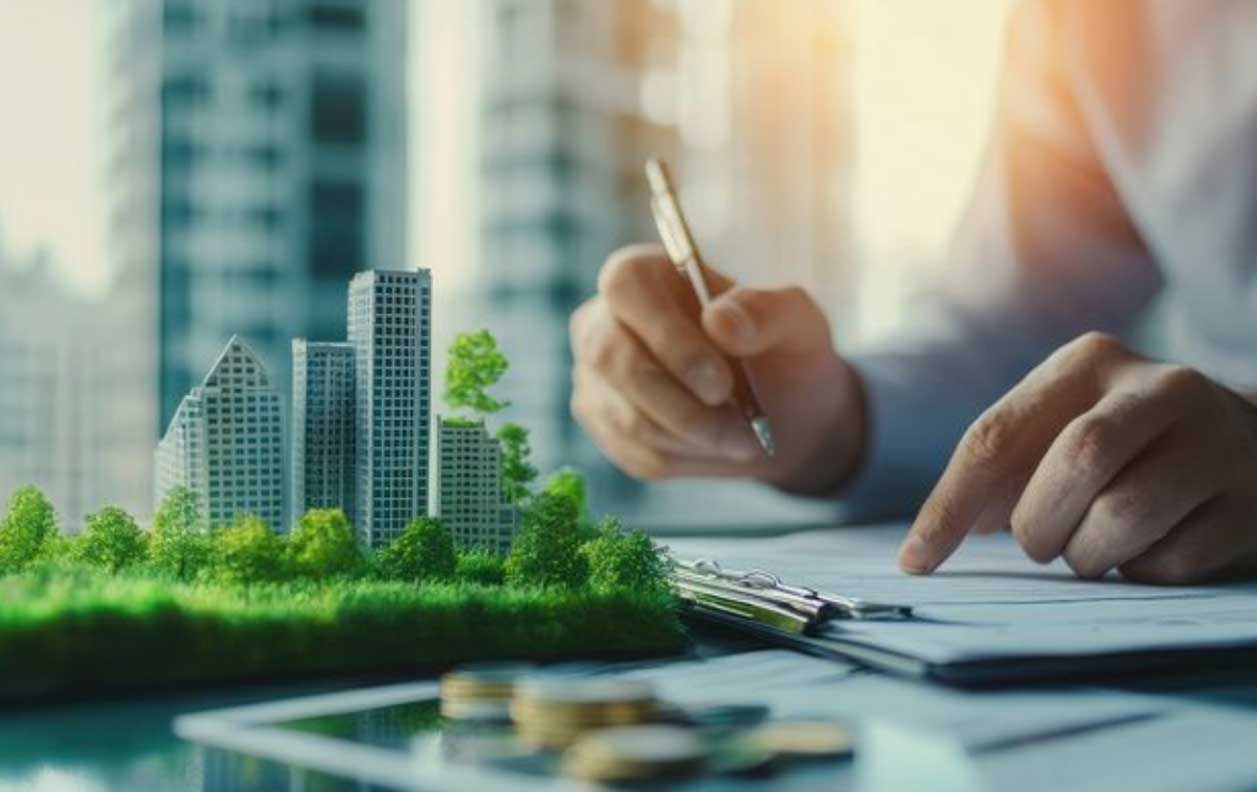
In the bustling archipelago of the Philippines, a transformative shift is underway where the demand for sustainable construction is rapidly gaining momentum. What started as a trend slowly became a strong desire to create a greener future as the nation grapples with the dual challenges of rapid urbanization and climate change. Stakeholders, developers, and policymakers are now embracing eco-friendly techniques and innovative technologies, birthing a new era of intelligent and environmentally responsible infrastructure.
Buildings serve as essential spaces for living, working, and engaging in various activities. However, it is important to acknowledge the substantial environmental footprint left by buildings other than their recognized significance in our daily lives and the economy. According to the World Green Building Council, facilities are responsible for 39% of global carbon emissions, with 28% of it from operational emissions and 11% from construction materials. A significant drop of 10% was recorded during the COVID-19 pandemic in 2020. The lesser energy demand during the pandemic and the decarbonization efforts of the construction industry were highly responsible for this drop.
That said, it is safe to say that resorting to sustainable construction practices has the potential to further lessen the sector’s carbon footprint. Thus, growth in the demand for green buildings has been observed in the country as of late. Developers now use green building certifications to ensure their construction projects meet the standards. Some of the most common certifications in the country include LEED (Leadership in Energy and Environmental Design), WELL, EDGE (Excellence in Design for Greater Efficiencies), and BERDE (Building for Ecologically Responsive Design Excellence). Three of these, namely WELL, LEED, and BERDE, are being offered as consultancy services in JCVA.
As Asia Pacific companies are already starting to target net zero carbon emissions, soon the industry will totally embrace sustainable construction as a fundamental practice in building structures. The green building industry is offering an estimated $24.7 trillion investment opportunity in emerging market cities by 2030, as stated in IFC’s report in 2019. Meanwhile, there is an estimated investment of $16 trillion in green buildings in the East Asia Pacific.
As the demand for eco-friendly buildings continues to rise, the construction industry is actively seeking out environmentally-conscious materials. Developers and builders have recognized the importance of reducing the environmental impact of construction practices and are now dedicated to using sustainable materials.
Sustainable wood is one of the Philippines’ most popular sustainable construction materials. This type of reclaimed or recycled wood works just like its original form. It can be used for flooring, structural strengthening, home paneling, roof support, and more. This proactive approach not only helps combat deforestation but also promotes the development of innovative and responsible practices that prioritize the long-term health of our planet.
Another material that is gaining popularity in the sustainable construction scene is bamboo. Though there is an ongoing issue with deforestation, harvesting bamboo for construction is not damaging to the environment as it is known to be fast-growing, and it only takes three years to harvest fully. Unlike other construction materials, bamboo is lightweight and has a comprehensive strength. It’s usually used as an alternative to floorings, countertops, and indoor and outdoor paneling.
Plastics have been a long-time problem in the country. According to the World Bank Group, the Philippines produces an estimated 0.75 metric tons of ocean plastic yearly, making it the third-largest contributor to plastic waste worldwide. Due to this prevailing issue, developers have found a way to use plastic to their advantage and as a way to hopefully minimize the plastic waste in the country. Recycled plastic is known to be a durable sound-absorption material. It can also be used for furniture, piping, roofing, flooring, and paneling. Moreover, recycled plastic bricks can also be used as an alternative to concrete as it is heat resistant, low-labor, cost-effective, durable, and lightweight.
The demand for sustainable construction in the Philippines represents a transformative movement towards a greener and more environmentally responsible future. Recognizing the substantial environmental impact of buildings, stakeholders in the construction industry are actively embracing eco-friendly techniques and innovative technologies to reduce their carbon footprint. Through green buildings and various sustainable construction materials, builders are not only combating deforestation and climate change but also promoting the development of innovative practices that prioritize the long-term health of our planet.
Ready to be an eco-warrior? Email us at info@jcvassociates.ph or visit www.jcvassociates.ph to learn more about our WELL, LEED, and BERDE consultancy services.
Sources:
We manage risks, build strong stakeholder relationships, and deliver solutions that reflect global best practices, backed by deep local industry knowledge.
If you're looking for a reliable partner to bring your vision to life, JCVA is here to build it with you.

